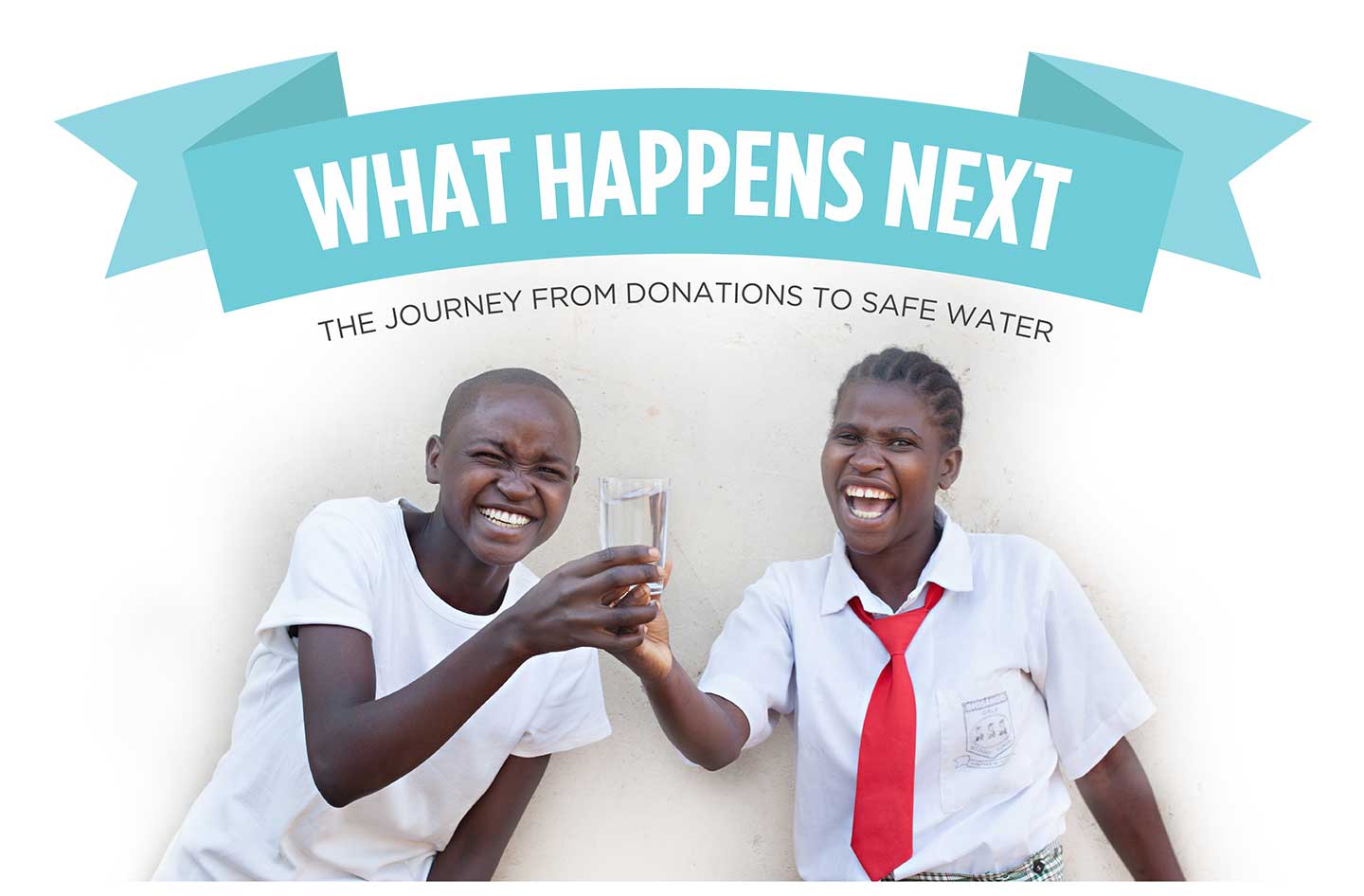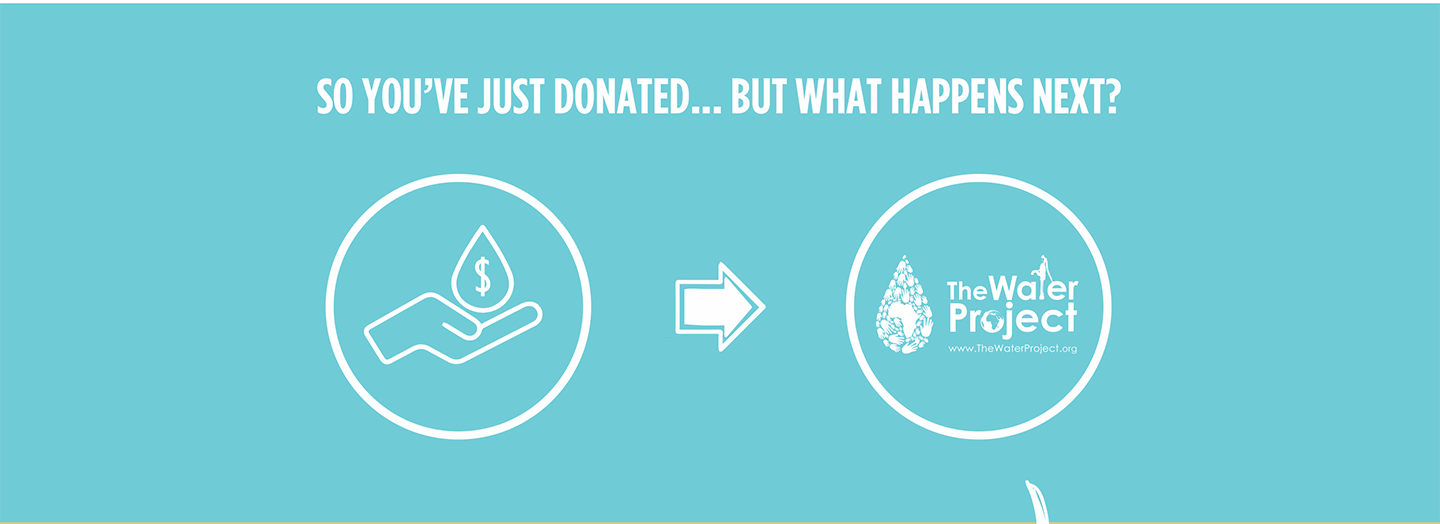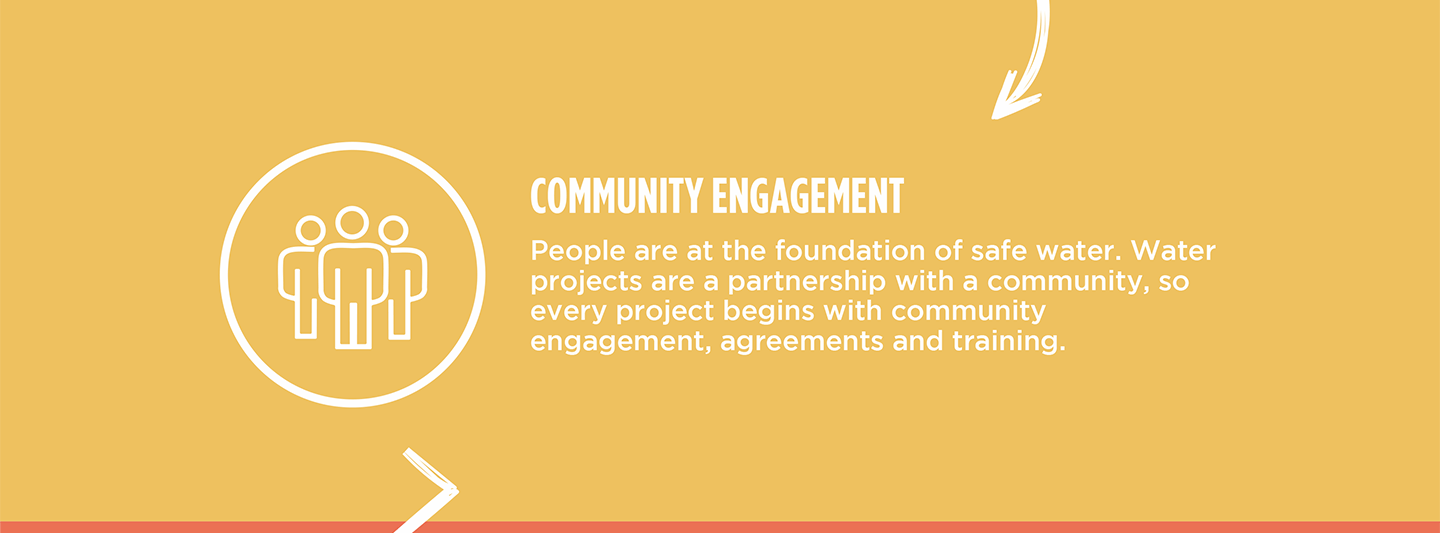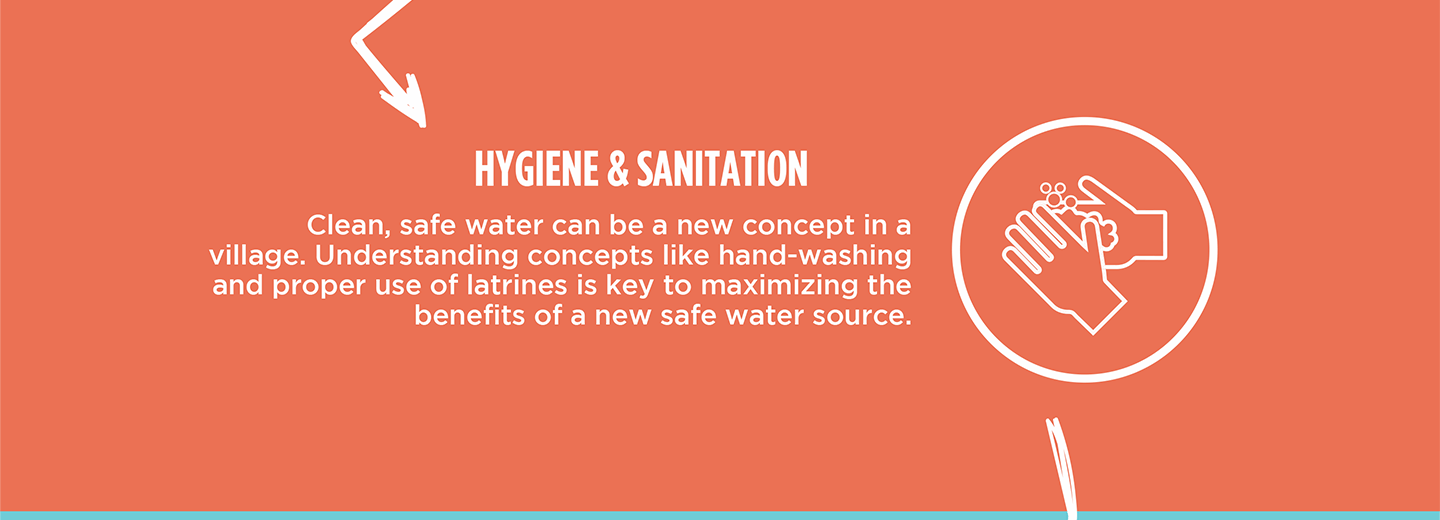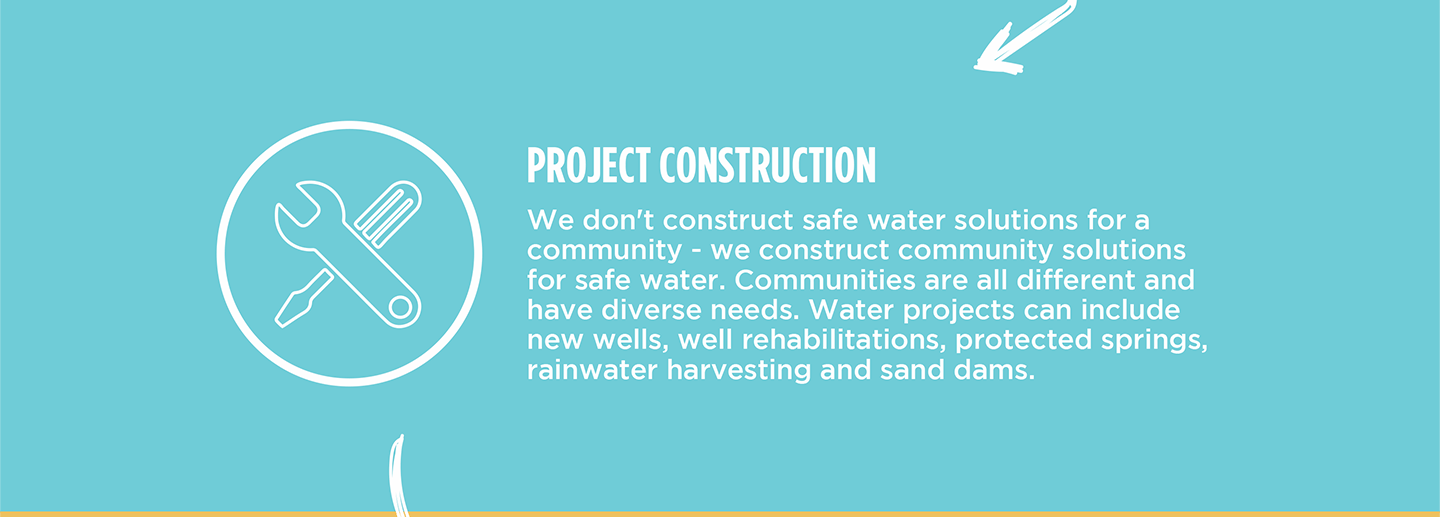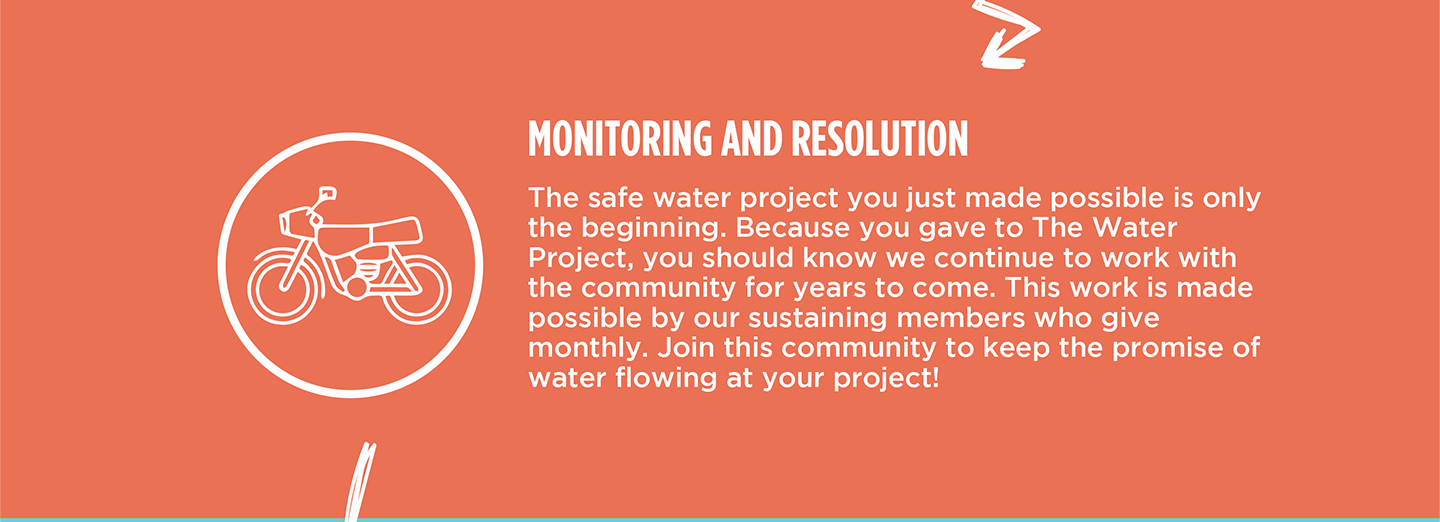The Webika Community in Western Kenya is a community of over two hundred people. They rely on the Ainea Spring but are often forced to use water from a stream that causes water-related illnesses.

Child pulling themselves out of the stream.
When the spring was originally protected, it was done so in such a way that creates incredible danger if children are left unattended. There is a reservoir on the back of the spring that, when left open, has deadly consequences.

The reservoir poses a danger to children when left open.
The stairs are also in a poor state, making it difficult to navigate to the water collection point.
Whether they get their water from the spring or the stream, water-related illnesses run rampant in the Webika Community.
This harsh reality is one that seventeen-year-old Levi has become accustomed to. Just last month, he was diagnosed with Typhoid.

"It was so challenging to me," Levi lamented. "There was no money for medication. I had to stay at home for three days, feeling unwell, waiting for my mother to get money for us to seek medication. My mother had to borrow money from a neighbor, which led us to debt that was not planned."
It took weeks for Levi to regain his strength, and it will take him even longer to catch up on the schooling he missed in that time.

"Being affected by water-related illness, I had to miss school for two weeks, which impacted my academics negatively. I had to perform poorly in [the] midterm exam," he shared.
But illness isn't the only thing stealing his time and energy.
Because of the state of the spring, long lines form, making a simple task consume hours of his day. Levi will often spend three hours a day waiting in line and hauling water home.
"It is so devastating to me, especially during [a] dry spell, when there are long queues. Waiting for long hours until late in the evening, I will not be able to finish my homework, which also leads to poor performance."

Levi (wearing a purple shirt) waits for his jerrycan to fill up.
Protecting the spring in Webika Community means more than clean water. It means protecting Levi's future and giving him the tools he needs to achieve his goals.
"My ambition is to be a teacher. This is to help my parents live a better life in [the] future because I believe that with education, I will be able to have a bright future," Levi declared.
Steps Toward a Solution
Our technical experts worked with the local community to identify the most effective solution to their water crisis. They decided to safeguard the existing flowing spring.
Spring Protection
Springs are natural water sources that originate from deep underground. As water travels through various layers of the earth, it undergoes a natural filtration process, making it cleaner and safer to drink. To protect these spring sources from contamination, we construct a waterproof cement structure around layers of clay, stone, and soil. This design channels the spring water through a discharge pipe, facilitating easier, faster, and cleaner water collection.
Chlorine Dispenser
As an extra measure towards water quality safety, uniquely engineered chlorine dispensers are installed at all of our spring protection projects so community members can treat their water with pre-measured doses of chlorine. The chlorine treats any possible contamination and stays active for two to three days, ensuring water stays safe to use even when stored at home. Chlorine delivery and maintenance of the dispensers are part of our ongoing community support.
Community Education & Ownership
Hygiene and sanitation training are integral to our water projects. Training is tailored to each community's specific needs and includes key topics such as proper water handling, improved hygiene practices, disease transmission prevention, and care of the new water point. Safe water and improved hygiene habits foster a healthier future for everyone in the community. Encouraged and supported by the guidance of our team, a water user committee representative of the community's diverse members assumes responsibility for maintaining the water point, often gathering fees to ensure its upkeep.

 Protected Spring
Protected Spring
 Rehabilitation Project
Rehabilitation Project












